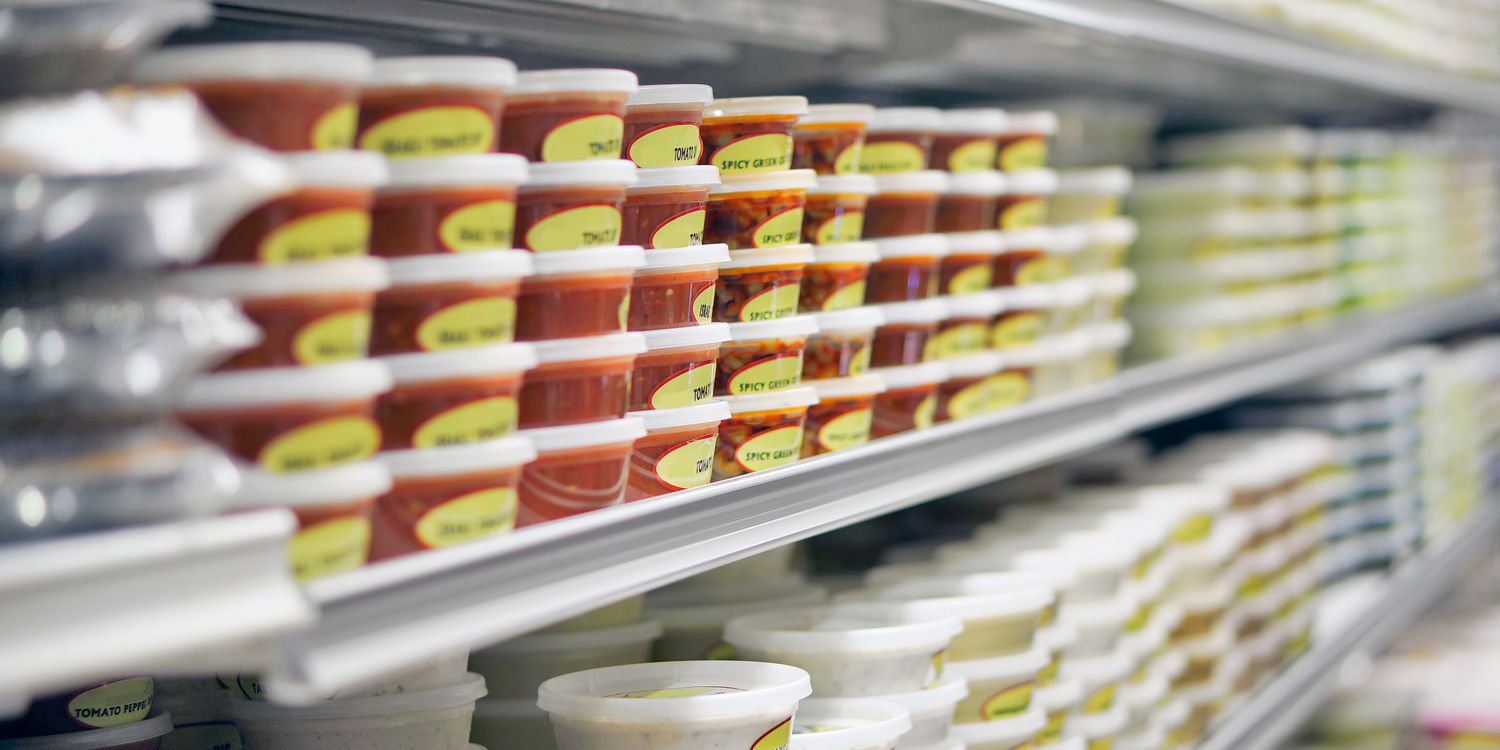Love eating hummus, baba ganoush, and cream cheese spreads with your veggie sticks, bread, and crackers? Instead of making your own, the wide range of refrigerated ready-to-eat spreads and dips available on the market offer convenience, says the 2020 data from Statista, noting that 191.14 million Americans enjoy dips as snacks.
Undoubtedly, the convenience of these grab-and-go tubs also raises concern about the safety of consuming packaged foods, according to the recently published report from the U.S. Food and Drug Administration (FDA), citing that these spreads and dips can harbor the growth of foodborne pathogens, including Salmonella and Listeria monocytogenes.
According to the report, the FDA collected and tested 747 samples of dips and spreads that contained ingredients such as sesame, vegetables, cheese, and seafood from different brands and manufacturers between March 2021 and January 2022. These samples included hummus, tahini, yogurt-based items, and pimento cheese.
Upon analysis, the FDA found Salmonella in one hummus sample and Listeria monocytogenes in three dip and cheese spread samples. These results prompted the agency to contact the manufacturers and retailers to recall the contaminated products.
Why Are Ready-to-Eat Dips and Spreads a Concern
Ready-to-eat foods can become contaminated in the manufacturing environment through cross-contamination. These dips and spreads also have an ideal pH and moisture level for pathogenic bacteria to shelter and grow. Since they’re consumed without reheating, there could be a risk of eating contaminated products.
Between 2017 and 2022, there were 14 recalls—10 hummus dips and four cheese and spreads. Within 2017 and 2020, five recalls were linked to dips and spreads, with some confirmed cases leading to hospitalizations and deaths, prompting food safety and public health concerns.
The study findings help inform the agency to identify the common factors linked to manufacturing grab-and-go foods, develop new or enhanced guiding principles for manufacturers, and communicate the information to the public to protect consumers.
How to Store Ready-to-Eat Dips and Spreads
Though the risk of contamination still exists, the FDA recommends consumers read and follow the instructions on the package on usage and storage.
The agency also advises freezing or refrigerating the dips and spreads as soon as possible to reduce the growth of pathogenic bacteria. Thawed dips and spreads should not be refrozen for later use.
The USDA FoodKeeper App also offers timelines of how long foods can last. For example, pasteurized and commercially made hummus can be kept in the fridge for three months from the date of purchase and lasts about seven days after opening. Spreads like cream cheese can last in the refrigerator for up to two weeks if refrigerated from the date of purchase.
How to Extend the Shelf Life of Dips and Spreads
Following the manufacturers’ instructions, your ready-to-eat dips and spreads may last as long as the recommended timelines provided. However, leaving the container at room temperature for longer than two hours or in the open air without the lid or dipping your food directly into the container could speed up its spoilage. Your dips and spreads can also last longer when you scoop out only the amount you want into a different bowl or plate and stow away the original container with the lid sealed immediately.




